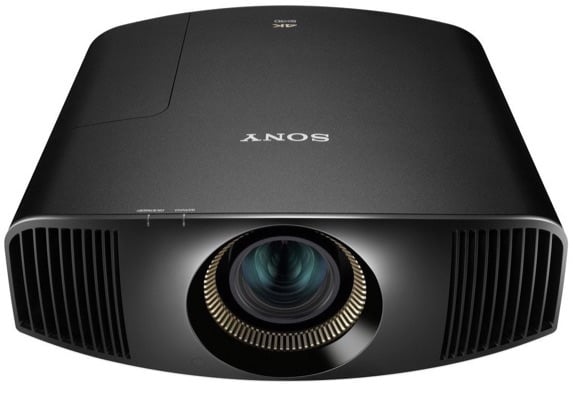Find Our Latest Video Reviews on YouTube!
If you want to stay on top of all of our video reviews of the latest tech, be sure to check out and subscribe to the Gear Live YouTube channel, hosted by Andru Edwards! It’s free!
Tuesday November 15, 2016 4:03 am
6 Things to Look for in a Home Theater Projector
Buying a home projector sounds easy at first: You get a screen, you get a projector, you aim it at the screen – and presto, theater-like movie time! But reality quickly teaches us that home projectors are very cool, but also a little complicated. They don't follow the same rules as TV screens, and they have extra features to consider and choose between.
So before jumping in, here are six of the most important things to note when looking for the absolute best home theater projector.
- High Resolution: Resolution is a little trickier with projectors, because they use a variety of methods when it comes to video production. However, you can generally count on the resolution that you see in the specs, as long as the image is sized properly. Try not to get anything that falls below full HD (1080p). There are some projectors – a growing corner of the market – that are offering 4K resolution as well, but these will be much more expensive.
- Lamp: The lamp, unsurprisingly, is one of the most important features in a home projector. First, it defines how bright your image will be based on the number of lumens. The more lumens, the clearer and more realistic the image tends to be – a couple thousand lumens, at least, will be needed during the day time. Also pay attention to the lamp life: The lamp will lose brightness throughout its life, but the lamp life spec shows how long it takes to reach half its original brightness – you may decide to replace it before then to maintain image quality. It typically costs a few hundred dollars to replace a lamp.
- Sizing: Most home projectors give you an option to size your image to fit your screen or your desired size. Even simple models have suggestions on how far away (throw distance) you need to place the projector to get images of a certain quality or size. That's very handy to know, but because you need to match the sizing of your projector with how much space you have. In other words, think very carefully about how large an image you want, and do a lot of measuring of the room where you are installing the projector – before you buy. Use this calculator to make an informed decision.
- Quiet: Not many homeowners think about the noise levels of their projector until it's too late. A projector that has been on for a while can be quite loud due to fan noise. When you're trying to watch a movie, that can become distracting and annoying. Some projectors are far better at containing their noise than others, so research this before you buy.
- Contrast: Contrast is a very difficult spec to quantify, because it can work in many different ways and there's no set standard to measure it. However, it's very important for top projector quality. You want your projector to produce bright whites and dark blacks to help make the image look realistic and not like – well, a projection. Some projectors have different contrast modes for different light levels as well.
- Connections: This is a basic but vital part of the best projector experience – you need connections that match the content devices that you use. A very popular option is wireless HDMI, which means you don't have to worry about dragging cables across the room and can use all your HDMI devices. However, this also tends to be one of the most expensive connections. If you want to save money, go with a wired connection but make sure it matches your devices. HDMI remains a good bet here.
Latest Gear Live Videos
Advertisement
Advertisement
Advertisement
© Gear Live Inc. {year} – User-posted content, unless source is quoted, is licensed under a Creative Commons Public Domain License. Gear Live graphics, logos, designs, page headers, button icons, videos, articles, blogs, forums, scripts and other service names are the trademarks of Gear Live Inc.












